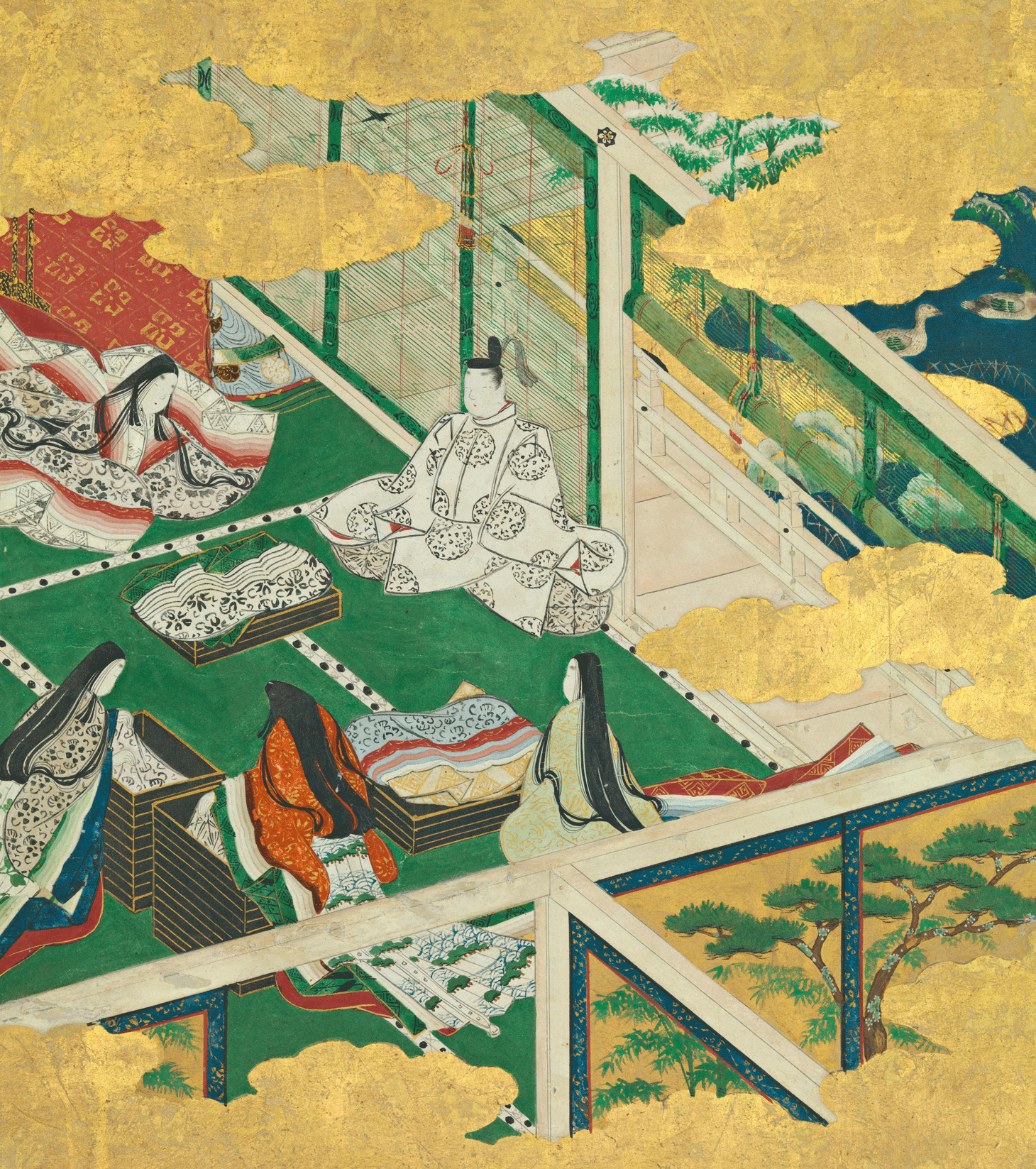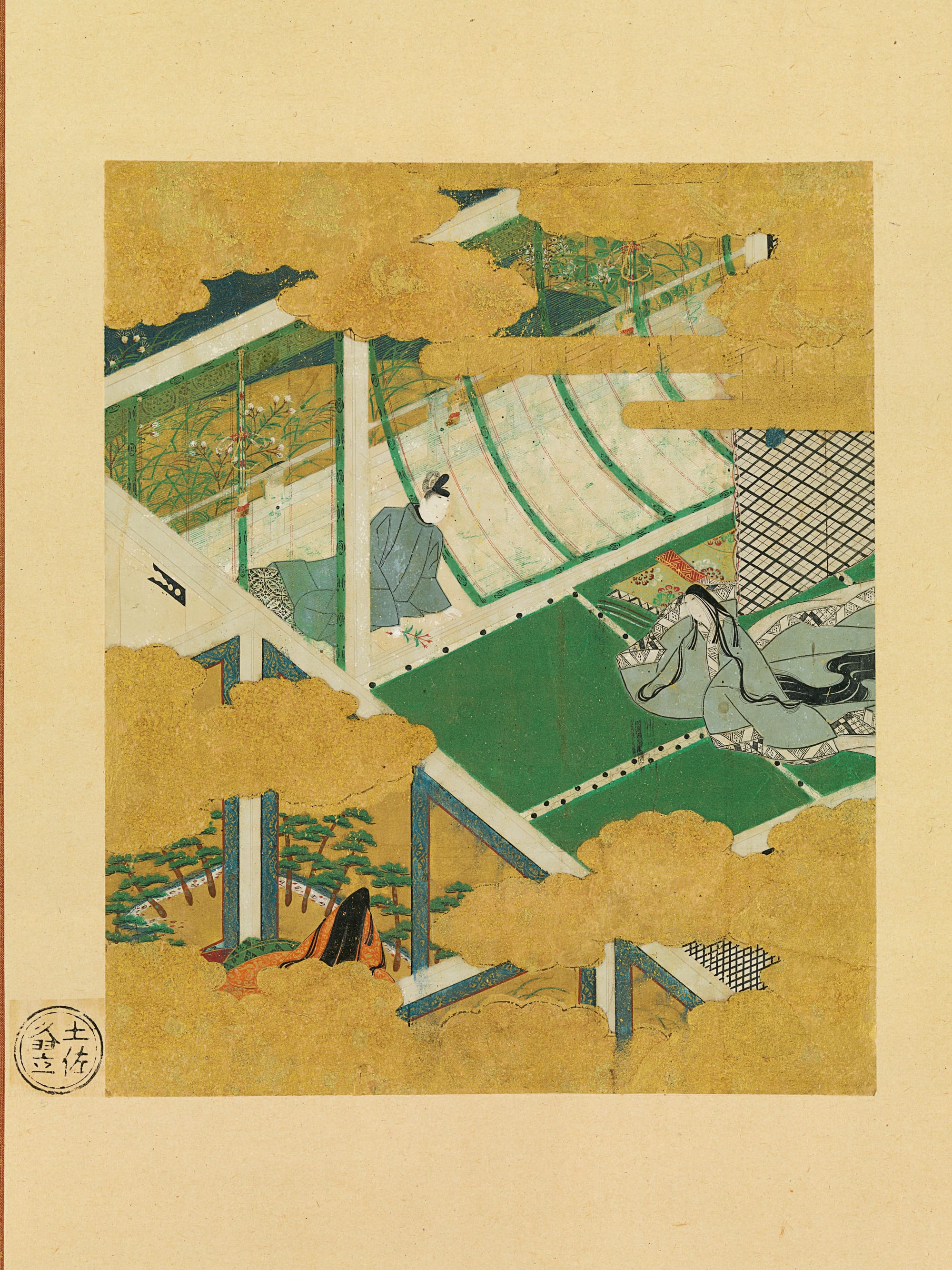Long-Lost Chapter of the World’s First Novel Found in a Tokyo Home
Before now, only four of 54 chapters from the Tale of Genji had been confirmed as original transcriptions.

A long-lost chapter of the Japanese classic work of literature The Tale of Genji — known as the world’s first published novel — was recently found at the Tokyo home of a family with ancestral ties to the feudal lord. The unearthed manuscript is now the fifth confirmed transcription of the historical novel.
The novel, written by an unidentified Japanese noblewoman, writer, and poet who was nicknamed Murasaki Shikibu, was completed in the early years of the 11th century during what is known as the Heian period (794-1185). (The given names of women often went unrecorded at the time. The writer was descriptively named Shikibu, which means “Bureau of Ceremonial,” in reference to her father’s position as a government official. Murasaki comes from her tale’s main heroine.) The book narrates the loves and lusts of a fictional prince named Genji Monogatari. The newly discovered chapter, titled “Wakamurasaki,” depicts Genji’s encounter with Murasaki-no-ue, the young woman who later becomes his wife.
As the Japan Times reported, the manuscript was found in an oblong chest in a storeroom at the house of Motofuyu Okochi, a 72-year-old descendant of the former feudal lord of the Mikawa-Yoshida feudal Domain (today’s Toyohashi in Aichi Prefecture). The Japanese daily Asahi Shimbun adds that the manuscript had been kept at the Okochi family’s home since 1743 when it was gifted to them by another feudal family in the area of Fukuoka.

Shikibu’s original manuscript has long been lost. The oldest documented versions of the novel are believed to have been transcribed by the poet Fujiwara no Teika, who lived between 1162-1241. Up until now, only four chapters of the 54-chapter book have been confirmed to be Teika’s original transcriptions. The newly-discovered manuscript has been verified as a Teika-original by Reizeike Shiguretei Bunko, a cultural heritage foundation in Kyoto, where it examined in relation to the poet’s other works.
The ancient novel has never lost its lure over the centuries, still inspiring myriad interpretations and adaptations, from illustrated supplements to Manga spin-offs.
Junko Yamamoto, a professor at the Kyoto University of Advanced Science who specializes in the literature of the Heian Period, told the Shimbun that existing research on the “Wakamurasaki” chapter has thus far relied on manuscripts completed about 250 years after Teika’s work. “It is very significant that this discovery of the manuscript edited by Teika will be available for researchers,” she told the paper.





